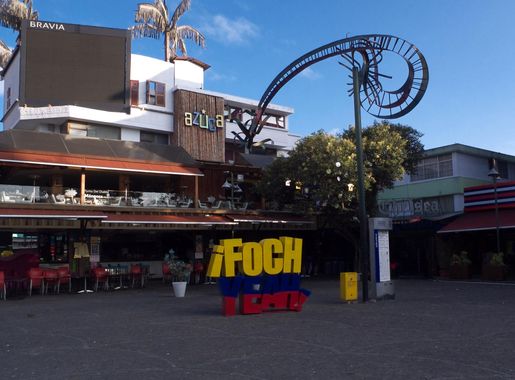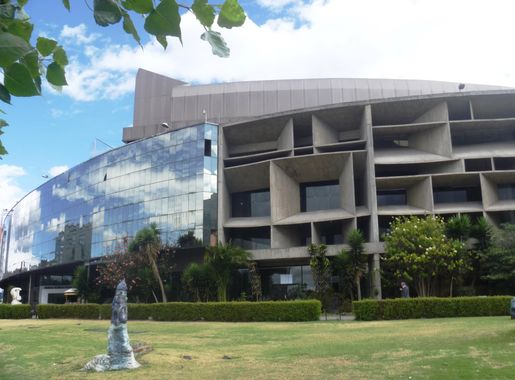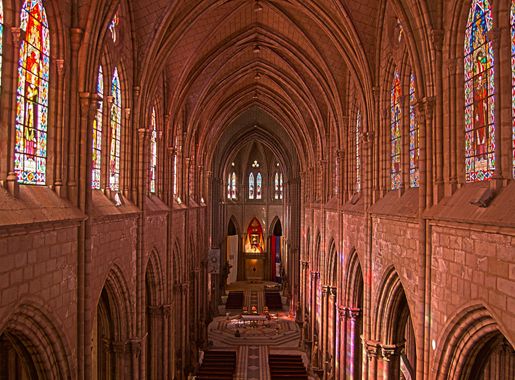
La Mariscal: Quito's Vibrant Heartbeat
Explore La Mariscal in Quito: A lively neighborhood filled with culture, cuisine, and vibrant nightlife, perfect for tourists seeking a dynamic and immersive experience.
La Mariscal, often referred to as the 'Gringolandia' of Quito, is an eclectic neighborhood that pulsates with life, culture, and excitement. This vibrant district is a haven for tourists seeking to immerse themselves in the local arts scene, indulge in diverse culinary experiences, and enjoy a lively nightlife. Located in the heart of Quito, La Mariscal is easily accessible and offers a rich tapestry of experiences that cater to a variety of interests. During the day, La Mariscal is a bustling hub of activity. The streets are lined with an array of boutiques, art galleries, and cafes that offer a delightful mix of local and international flavors. Plaza Foch, the neighborhood's central square, is a perfect starting point for exploring the area. Here, you can find numerous restaurants that serve everything from traditional Ecuadorian dishes to international cuisine, ensuring a gastronomic adventure for every palate. As the sun sets, La Mariscal transforms into a lively nightlife destination. The area is renowned for its bars, clubs, and live music venues that attract both locals and tourists. Whether you're in the mood for a quiet drink at a cozy bar or a night of dancing at a vibrant club, La Mariscal has something to offer. The neighborhood's energetic atmosphere and friendly locals make it an ideal place to socialize and experience Quito's nightlife. In addition to its dining and entertainment options, La Mariscal is also home to several cultural landmarks. The Museo del Banco Central and the Casa de la Cultura Ecuatoriana are must-visit spots for those interested in Ecuador's rich history and artistic heritage. The neighborhood's colorful murals and street art add to its unique charm, making it a picturesque destination for leisurely strolls and photo opportunities.
Local tips in La Mariscal
- Visit Plaza Foch for a variety of dining options and vibrant nightlife.
- Explore the local art galleries and street murals for a glimpse into Quito's creative scene.
- Check out the Museo del Banco Central and Casa de la Cultura Ecuatoriana for cultural and historical insights.
- Stay vigilant at night and keep an eye on your belongings, as the area can get crowded.
- Try local dishes like ceviche and locro de papa at traditional Ecuadorian restaurants.
La Mariscal: Quito's Vibrant Heartbeat
La Mariscal, often referred to as the 'Gringolandia' of Quito, is an eclectic neighborhood that pulsates with life, culture, and excitement. This vibrant district is a haven for tourists seeking to immerse themselves in the local arts scene, indulge in diverse culinary experiences, and enjoy a lively nightlife. Located in the heart of Quito, La Mariscal is easily accessible and offers a rich tapestry of experiences that cater to a variety of interests. During the day, La Mariscal is a bustling hub of activity. The streets are lined with an array of boutiques, art galleries, and cafes that offer a delightful mix of local and international flavors. Plaza Foch, the neighborhood's central square, is a perfect starting point for exploring the area. Here, you can find numerous restaurants that serve everything from traditional Ecuadorian dishes to international cuisine, ensuring a gastronomic adventure for every palate. As the sun sets, La Mariscal transforms into a lively nightlife destination. The area is renowned for its bars, clubs, and live music venues that attract both locals and tourists. Whether you're in the mood for a quiet drink at a cozy bar or a night of dancing at a vibrant club, La Mariscal has something to offer. The neighborhood's energetic atmosphere and friendly locals make it an ideal place to socialize and experience Quito's nightlife. In addition to its dining and entertainment options, La Mariscal is also home to several cultural landmarks. The Museo del Banco Central and the Casa de la Cultura Ecuatoriana are must-visit spots for those interested in Ecuador's rich history and artistic heritage. The neighborhood's colorful murals and street art add to its unique charm, making it a picturesque destination for leisurely strolls and photo opportunities.
Iconic landmarks you can’t miss
Middle of the World City
Experience the magic of standing on the equator at Middle of the World City, a unique blend of culture, science, and adventure in Quito, Ecuador.
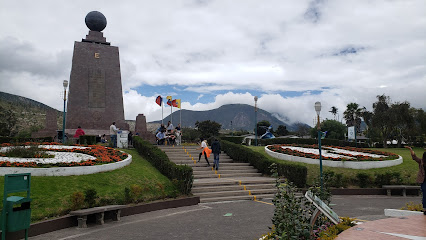
Virgin of the Panecillo
Experience the captivating Virgin of the Panecillo in Quito, Ecuador, a breathtaking monument offering panoramic city views and rich cultural history.
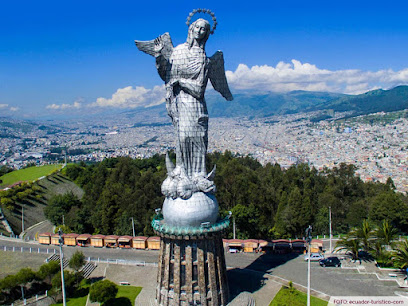
Independence Square
Explore the vibrant heart of Quito at Independence Square, where history, culture, and breathtaking architecture converge in one iconic landmark.
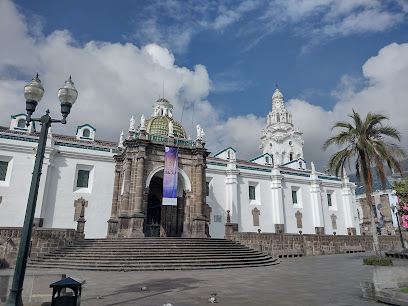
Basílica del Voto Nacional
Discover the breathtaking beauty and rich history of Basílica del Voto Nacional, Quito's iconic neo-Gothic church, adorned with unique local artistry.
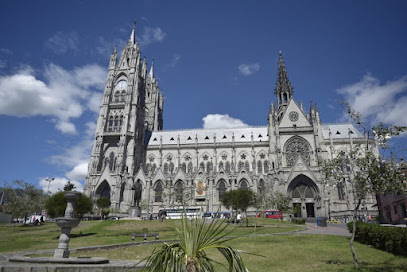
La Mariscal Artisan Market
Explore authentic Ecuadorian culture at La Mariscal Artisan Market, a vibrant hub of crafts, textiles, and local delicacies in Quito.
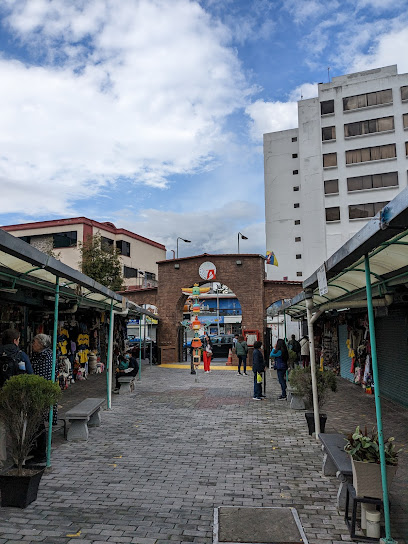
Quito Botanical Gardens
Discover the Quito Botanical Gardens: A lush sanctuary showcasing Ecuador’s rich biodiversity and a peaceful retreat in the heart of the city.

El Mirador De Guapulo
Experience breathtaking views and rich culture at El Mirador De Guapulo, Quito's premier observation deck offering stunning panoramas.

San Francisco Square
Discover the vibrant San Francisco Square, a historical gem in Quito, Ecuador, where colonial architecture meets rich local culture.
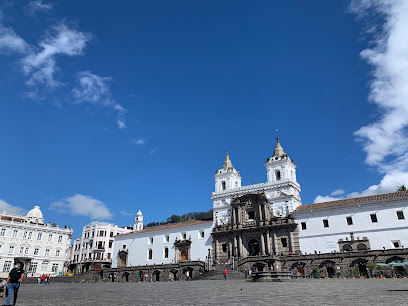
Quito Historic Center
Discover the enchanting Quito Historic Center, a UNESCO World Heritage site filled with colonial charm and vibrant culture.
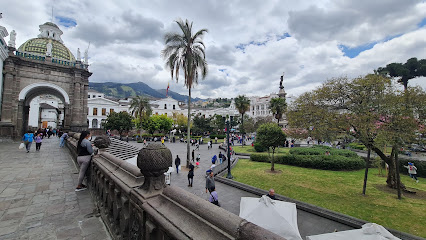
Mindalae - Ethnohistoric & Crafts Museum of Ecuador
Immerse yourself in Ecuador's cultural heritage at Mindalae Museum, featuring rich displays of traditional crafts and ethnohistoric artifacts.
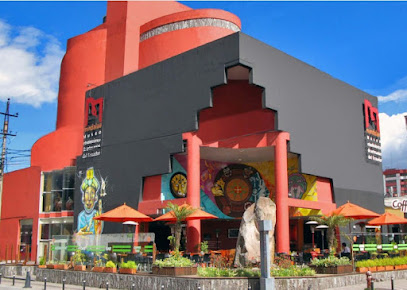
Museo Casa de Sucre
Discover Ecuador's military heritage at Museo Casa de Sucre, where history comes alive through artifacts and engaging exhibits in the heart of Quito.
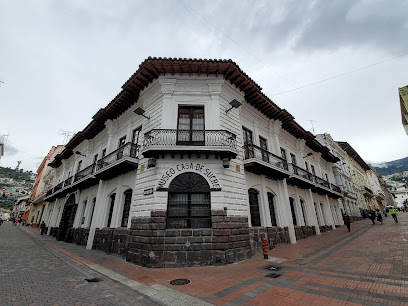
La Guaragua
Explore La Guaragua in Quito, a historical site that embodies Ecuador's rich cultural heritage and stunning colonial architecture.
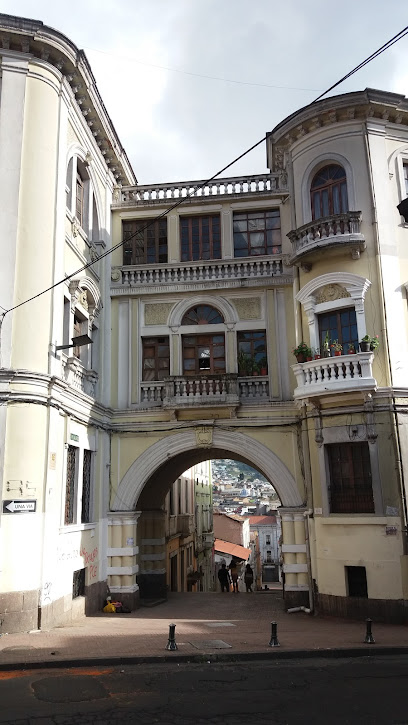
Minka Hostel
Experience the vibrant culture of Quito at Minka Hostel, where comfort meets community in the heart of La Mariscal.
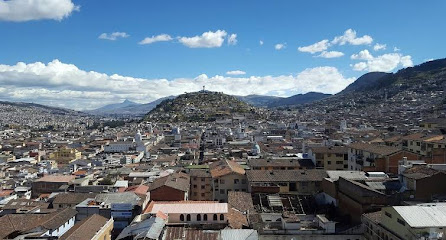
Plaza Veintimilla
Experience the serene charm of Plaza Veintimilla, a lush park in Quito ideal for relaxation and soaking in local culture amid urban beauty.

Monumento Mariscal Sucre
Explore the Monumento Mariscal Sucre, a historic tribute to Ecuador's independence hero, surrounded by stunning views and local culture.
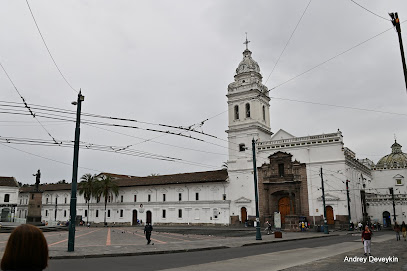
Unmissable attractions to see
Independence Square
Explore the vibrant Independence Square in Quito, Ecuador – a historical landmark surrounded by stunning architecture and rich culture.
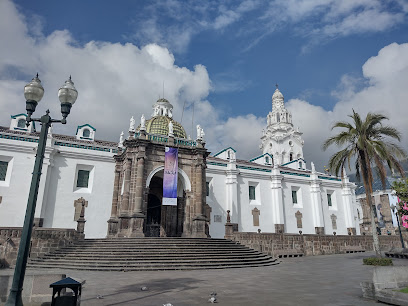
La Mariscal Artisan Market
Explore La Mariscal Artisan Market: A vibrant hub of local crafts, textiles, and culinary delights in the heart of Quito, Ecuador.
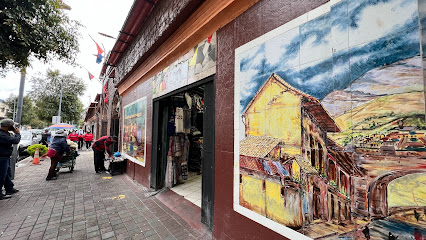
Quito Botanical Gardens
Explore Quito Botanical Gardens: a tranquil haven featuring diverse flora, serene landscapes, and enriching experiences for nature enthusiasts in the heart of Ecuador.
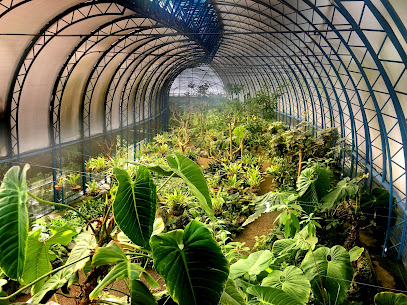
National Museum of Ecuador
Discover the cultural richness of Ecuador at the National Museum, showcasing an incredible collection of art and artifacts in a historic setting.
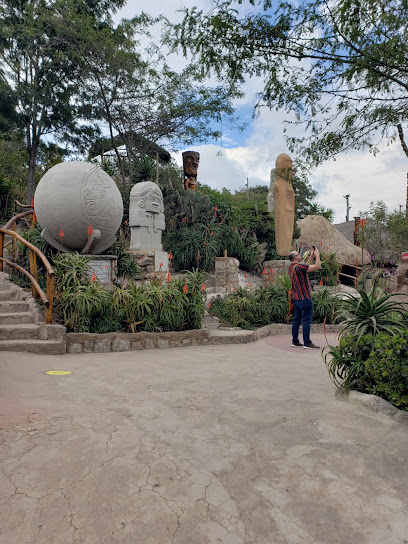
Mindalae - Ethnohistoric & Crafts Museum of Ecuador
Explore Ecuador's cultural heritage through crafts and artifacts at Mindalae Museum, a must-visit tourist attraction in Quito.

Escultura metálica de Los Pájaros ️
Experience the stunning metallic sculpture of Los Pájaros in Quito, a unique fusion of art and culture amidst vibrant shopping and dining.
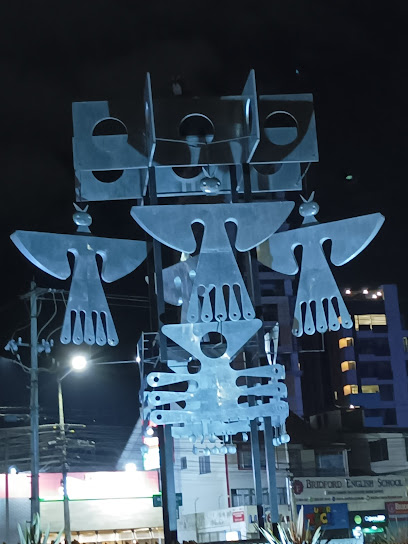
Essential places to dine
Marcando El Camino
Experience the rich flavors of authentic Ecuadorian cuisine at Marcando El Camino in Quito – where tradition meets taste.
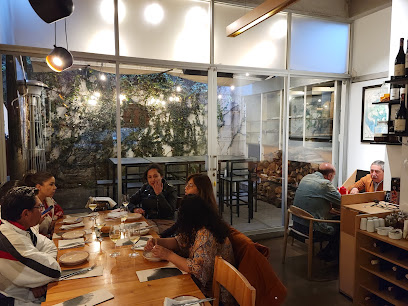
Miskay
Experience authentic Ecuadorian cuisine at Miskay in Quito—where tradition meets flavor in every dish.

RINCÓN DE FRANCIA
Experience the elegance of haute French cuisine at Rincón de Francia in Quito - where every meal is a celebration of flavor and artistry.
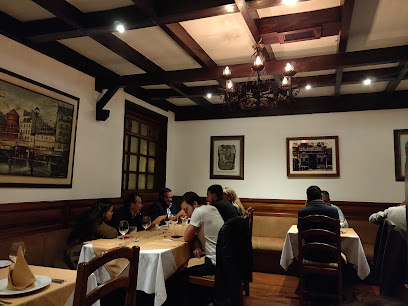
Achiote
Discover authentic Ecuadorian cuisine at Achiote - where every dish tells a story.
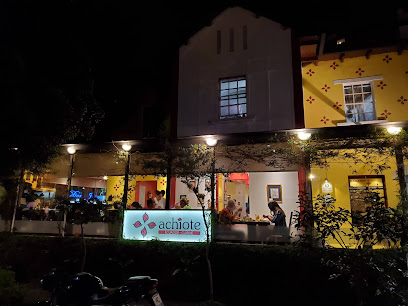
Marenostrum
Discover authentic Ecuadorian seafood at Marenostrum in Quito's lively Mariscal Sucre neighborhood - a culinary gem not to be missed.

La Petite Mariscal
Experience the true essence of Ecuadorian cuisine at La Petite Mariscal in Quito—where every dish tells a story.
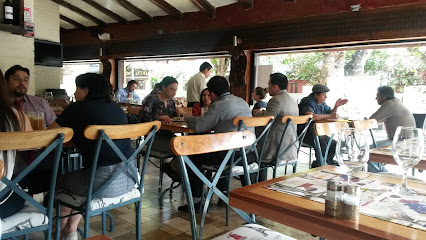
Mucho Gusto
Discover Mucho Gusto: A charming bistro in Quito offering delightful local and international cuisine in a cozy atmosphere.
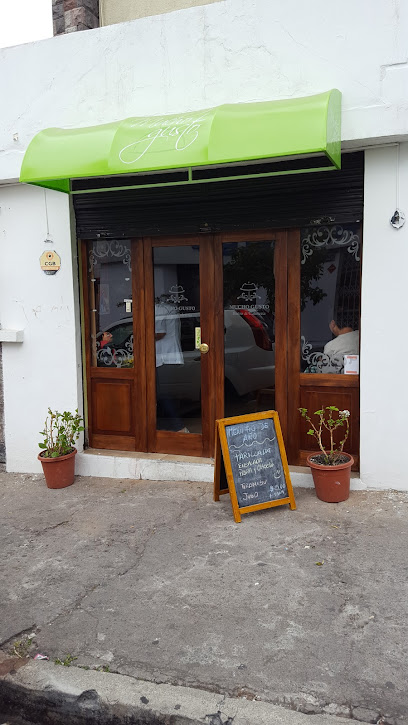
Las amazonas gourmet
Experience Ecuadorian culinary artistry at Las Amazonas Gourmet in Quito, where tradition meets gourmet innovation in every dish.
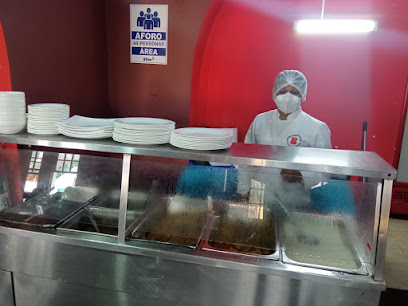
La Carbonada Restaurant's
Experience the flavors of Ecuador at La Carbonada Restaurant in Quito - where authentic cuisine meets warm hospitality.
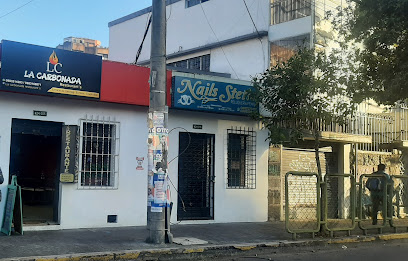
La Terraza
Experience authentic Ecuadorian cuisine at La Terraza in Quito's lively La Mariscal district.

Markets, malls and hidden boutiques
La Mariscal Artisan Market
Explore the vibrant La Mariscal Artisan Market in Quito, a treasure trove of handmade crafts and local culture, perfect for every tourist's shopping adventure.
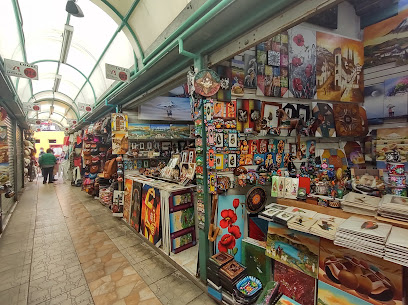
Frado
Discover Frado in Quito: your go-to boutique for exquisite jewelry, stylish men's clothing, luxurious perfumes, sunglasses, and elegant watches.

DB Men's Store
Discover stylish men's fashion at DB Men's Store in Quito, offering unique clothing and accessories that reflect Ecuador's vibrant culture.

La Bodega
Discover Ecuador's culinary gems at La Bodega, a charming store in Quito offering local delicacies and artisanal treasures.
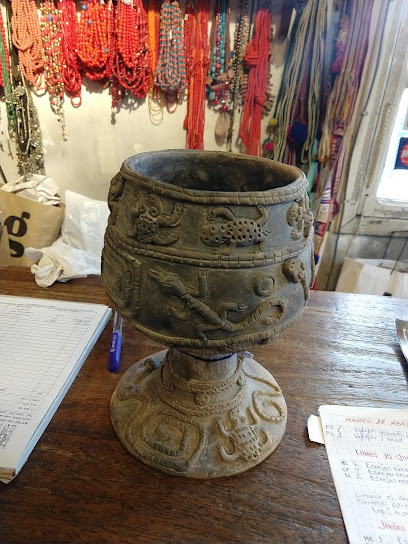
El Baúl de los Sueños
Discover unique Ecuadorian treasures at El Baúl de los Sueños, your go-to gift shop in Quito for artisan crafts and authentic souvenirs.
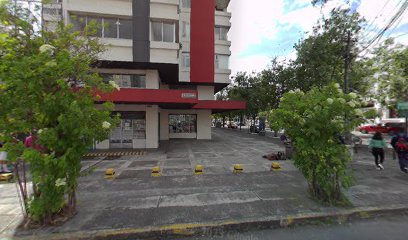
Regalos Dulce Tentación Gifts
Explore Regalos Dulce Tentación in Quito for unique gifts and novelties reflecting Ecuadorian culture, perfect for travelers and souvenir seekers.
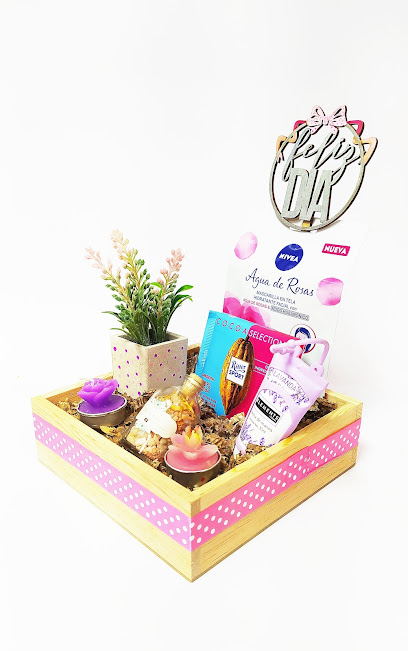
Pam's Boutique
Discover unique clothing and accessories at Pam's Boutique in Quito, where local designs meet exceptional quality in a charming setting.
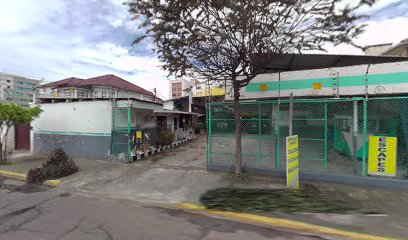
Dänk Ecuador
Discover the essence of Ecuadorian fashion at Dänk Ecuador, a clothing store offering beachwear, accessories, and organic styles for everyone.

Compra Todo EC
Discover unique Ecuadorian fashion at Compra Todo EC, a vibrant clothing store in Quito's lively Mariscal district that blends local styles with modern trends.

Use & Drop
Discover vibrant fashion trends at Use & Drop, a premier clothing and lingerie store in the heart of Quito, Ecuador, showcasing local designers and unique styles.

Essential bars & hidden hideouts
Finn McCool's Irish Pub
Experience the warmth of Irish hospitality at Finn McCool's Irish Pub in Quito, where great food, drinks, and live music await.
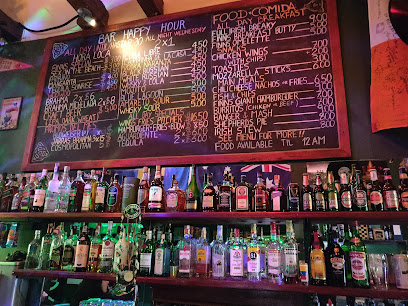
Arkanus
Experience the vibrant nightlife at Arkanus, a lively bar in Quito offering creative cocktails and a welcoming atmosphere for all visitors.
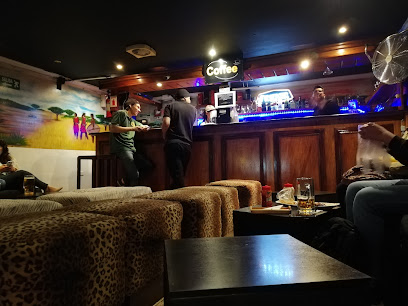
Zmus Bar
Discover Quito's nightlife at Zmus Bar, where delicious food, karaoke, and dancing create an unforgettable experience.

Quito Chupitos
Experience the lively nightlife of Quito at Quito Chupitos, where over 100 creative shots await in a vibrant bar atmosphere.
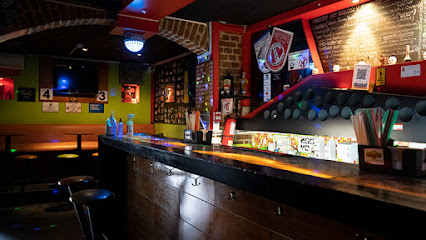
Indie Beer Company
Discover the vibrant craft beer culture at Indie Beer Company in Quito, where local flavors and a lively atmosphere await every beer lover.
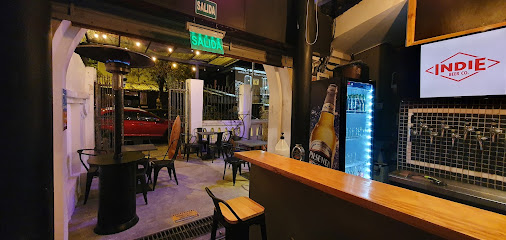
The Corner Pub
Experience the vibrant nightlife at The Corner Pub in Quito, offering a cozy atmosphere, diverse drinks, and lively entertainment.
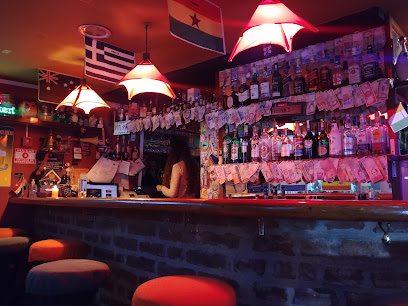
Back To Bar
Discover the vibrant atmosphere and mouthwatering grilled dishes at Back To Bar, a top spot for food lovers in Quito's Mariscal Sucre district.
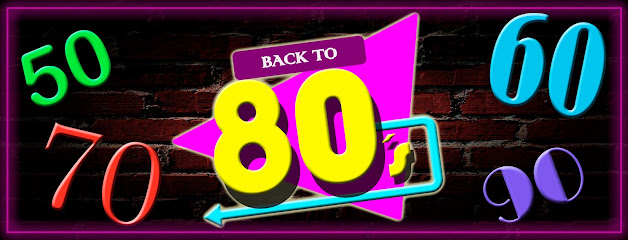
Trendy Bar
Discover Quito's lively nightlife at Trendy Bar, where creative cocktails and a vibrant atmosphere await every traveler.

CHICAGO BAR & BISTRO
Discover the vibrant atmosphere and delicious flavors at Chicago Bar & Bistro, a must-visit destination in Quito for food and drink enthusiasts.

Tonic Bar
Experience the vibrant culture of Quito at Tonic Bar, a lively hotspot for exquisite cocktails and unforgettable nightlife.
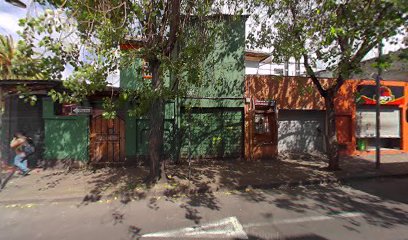
Local Phrases
-
- HelloHola
[oh-lah] - GoodbyeAdiós
[ah-dee-ohs] - YesSí
[see] - NoNo
[noh] - Please/You're welcomePor favor
[por fah-vor] - Thank youGracias
[grah-see-ahs] - Excuse me/SorryDisculpe
[dees-kool-peh] - How are you?¿Cómo estás?
[koh-moh ehs-tahs] - Fine. And you?Bien. ¿Y tú?
[byen. ee too] - Do you speak English?¿Hablas inglés?
[ah-blahs een-glays] - I don't understandNo entiendo
[noh ehn-tee-ehn-doh]
- HelloHola
-
- I'd like to see the menu, pleaseMe gustaría ver el menú, por favor
[meh goos-tah-ree-ah behr ehl meh-noo, por fah-vor] - I don't eat meatNo como carne
[noh koh-moh kahr-neh] - Cheers!¡Salud!
[sah-lood] - I would like to pay, pleaseMe gustaría pagar, por favor
[meh goos-tah-ree-ah pah-gahr, por fah-vor]
- I'd like to see the menu, pleaseMe gustaría ver el menú, por favor
-
- Help!¡Ayuda!
[ah-yoo-dah] - Go away!¡Vete!
[veh-teh] - Call the Police!¡Llama a la Policía!
[yah-mah ah lah poh-lee-see-ah] - Call a doctor!¡Llama a un médico!
[yah-mah ah oon meh-dee-koh] - I'm lostEstoy perdido
[ehs-toy pehr-dee-doh] - I'm illEstoy enfermo
[ehs-toy ehn-fer-moh]
- Help!¡Ayuda!
-
- I'd like to buy...Me gustaría comprar...
[meh goos-tah-ree-ah kohm-prahr] - I'm just lookingSolo estoy mirando
[soh-loh ehs-toy mee-rahn-doh] - How much is it?¿Cuánto cuesta?
[kwan-to kwes-tah] - That's too expensiveEsto es demasiado caro
[ehs-toh ehs deh-mah-syah-doh kah-roh] - Can you lower the price?¿Puede bajar el precio?
[pweh-deh bah-har ehl pree-syoh]
- I'd like to buy...Me gustaría comprar...
-
- What time is it?¿Qué hora es?
[keh oh-rah ehs] - It's one o'clockEs la una
[ehs lah oo-nah] - Half past (10)Media hora (10)
[meh-dee-ah oh-rah (deez)] - MorningMañana
[mah-nyah-nah] - AfternoonTarde
[tahr-deh] - EveningNoche
[noh-cheh] - YesterdayAyer
[ah-yehr] - TodayHoy
[oy] - TomorrowMañana
[mah-nyah-nah] - 1Uno
[oo-noh] - 2Dos
[dohs] - 3Tres
[trehs] - 4Cuatro
[kwah-troh] - 5Cinco
[seen-koh] - 6Seis
[says] - 7Siete
[syeh-teh] - 8Ocho
[oh-choh] - 9Nueve
[nweh-veh] - 10Diez
[dyehs]
- What time is it?¿Qué hora es?
-
- Where's a/the...?¿Dónde está...?
[dohn-deh ehs-tah] - What's the address?¿Cuál es la dirección?
[kwal ehs lah dee-rehk-syohn] - Can you show me (on the map)?¿Puedes mostrarme (en el mapa)?
[pweh-dehs mohs-trar-meh (ehn ehl mah-pah)] - When's the next (bus)?¿Cuándo es el próximo (bus)?
[kwan-doh ehs ehl proh-ksee-moh (boos)] - A ticket (to ....)Un boleto (a ....)
[oon boh-leh-toh (ah)]
- Where's a/the...?¿Dónde está...?
History of La Mariscal
-
La Mariscal, originally a quiet residential area, began to take shape during the colonial period of the 16th century when Spanish conquistadors established Quito. The neighborhood was initially part of a larger plan to expand the city, characterized by its grid layout and colonial architecture. As Quito became a significant center of Spanish colonial administration, La Mariscal's strategic location contributed to its development.
-
In the mid-20th century, La Mariscal evolved into a vibrant hub for tourists and expatriates, with the establishment of numerous hotels, hostels, and restaurants. This transformation was fueled by Quito's burgeoning popularity as a travel destination, particularly after the city was named a UNESCO World Heritage site in 1978. The influx of international visitors contributed to the cultural melting pot that La Mariscal is known for today.
-
The 1980s and 1990s saw La Mariscal become a focal point for artistic and cultural movements in Quito. The neighborhood's bohemian atmosphere attracted artists, musicians, and writers, leading to the establishment of galleries, theaters, and cultural festivals. This creative energy is still palpable today, with street art and live performances enhancing the area’s vibrant culture.
-
La Mariscal has also been a site of political activism, particularly during periods of social unrest in Ecuador's history. The neighborhood has hosted numerous protests and demonstrations advocating for social justice and human rights, reflecting the broader political landscape of the country. Its central location has made it a gathering point for those seeking to voice their concerns.
-
In recent years, La Mariscal has faced challenges related to urban development and gentrification. While the neighborhood remains a popular destination for visitors, concerns about preserving its cultural heritage and addressing the needs of local residents have emerged. Efforts to balance tourism and community interests are ongoing, as La Mariscal continues to evolve in the context of modern Quito.
La Mariscal Essentials
-
La Mariscal is easily accessible from various neighborhoods in Quito. If you're coming from the historic center, you can take a taxi, which should take around 10-15 minutes depending on traffic. Alternatively, you can use public transportation, such as the Ecovía (a bus rapid transit system) that runs along Av. 6 de Diciembre, with stops close to La Mariscal. If you're arriving at Mariscal Sucre International Airport, you can take a taxi or pre-arranged shuttle service, which typically takes about 45 minutes.
-
La Mariscal is a walkable neighborhood, with many attractions, shops, and restaurants within a short distance. For longer distances, you can use the Ecovía, which connects to various parts of the city. Taxis are also readily available, and you can use ride-hailing apps like Uber for convenience. Bicycles can be rented from local shops, and Quito has a growing network of bike lanes for safer travel.
-
While La Mariscal is generally safe for tourists, petty crime such as pickpocketing can occur, especially in crowded areas. It’s advisable to avoid walking alone at night, particularly in less populated streets. Areas to be cautious of include parts of Av. 12 de Octubre and surrounding neighborhoods after dark. Always keep your belongings secure and be aware of your surroundings.
-
In case of an emergency, dial 911 for police, fire, or medical assistance. The local hospitals and clinics are equipped to handle various emergencies. It's wise to have travel insurance that covers medical emergencies. For minor ailments, there are pharmacies in La Mariscal where you can purchase over-the-counter medications.
-
Fashion: Do dress comfortably but respectfully, avoiding overly revealing clothing, especially when visiting religious sites. Religion: Do be respectful of local customs and traditions. Public Transport: Do give up your seat to elderly passengers and avoid eating or drinking on public transport. Greetings: Do greet locals with a friendly 'Hola' or handshake. Eating & Drinking: Do try local dishes and drinks, but don't drink tap water; opt for bottled water instead.
-
To experience La Mariscal like a local, visit the artisan markets and try street food from local vendors, especially in the Plaza Foch area. Engage with local artists and performers, as the neighborhood often hosts cultural events. For a unique experience, explore the many art galleries and craft shops, and don't miss the nightlife scene, which is vibrant and diverse.
-
Ecuadorians are generally warm and hospitable. Do address people using 'Señor' or 'Señora' followed by their last name until invited to use their first name. When dining, it is customary to wait for the host to start the meal before you begin eating. Tipping is appreciated but not mandatory; rounding up the bill is common practice in restaurants.
-
Spanish is the official language in Ecuador, and while many in La Mariscal speak some English, especially in tourist areas, learning a few basic Spanish phrases can enhance your experience. Simple greetings, thank you ('gracias'), and asking for help ('¿puede ayudarme?') will go a long way.
Trending Landmarks in La Mariscal
-
Middle of the World City
-
Virgin of the Panecillo
-
Independence Square
-
Basílica del Voto Nacional
-
La Mariscal Artisan Market
-
Quito Botanical Gardens
-
El Mirador De Guapulo
-
San Francisco Square
-
Quito Historic Center
-
Mindalae - Ethnohistoric & Crafts Museum of Ecuador
-
Museo Casa de Sucre
-
La Guaragua
-
Minka Hostel
-
Plaza Veintimilla
-
Monumento Mariscal Sucre
Nearby Cities to La Mariscal
-
Things To Do in Mindo
-
Things To Do in Otavalo
-
Things To Do in Ibarra
-
Things To Do in Tena
-
Things To Do in Ambato
-
Things To Do in Pasto
-
Things To Do in Macas
-
Things To Do in Manta
-
Things To Do in Guayaquil
-
Things To Do in Cuenca
-
Things To Do in Salinas
-
Things To Do in Popayán
-
Things To Do in Loja
-
Things To Do in Cali
-
Things To Do in Neiva

